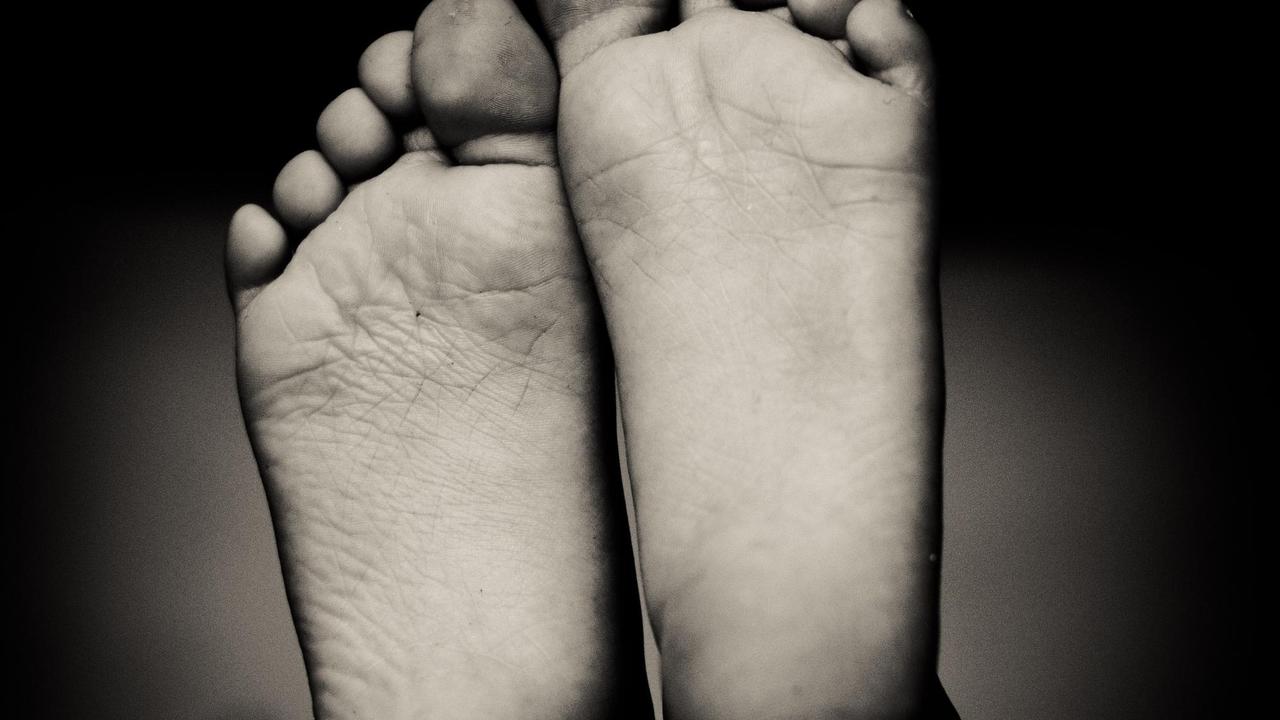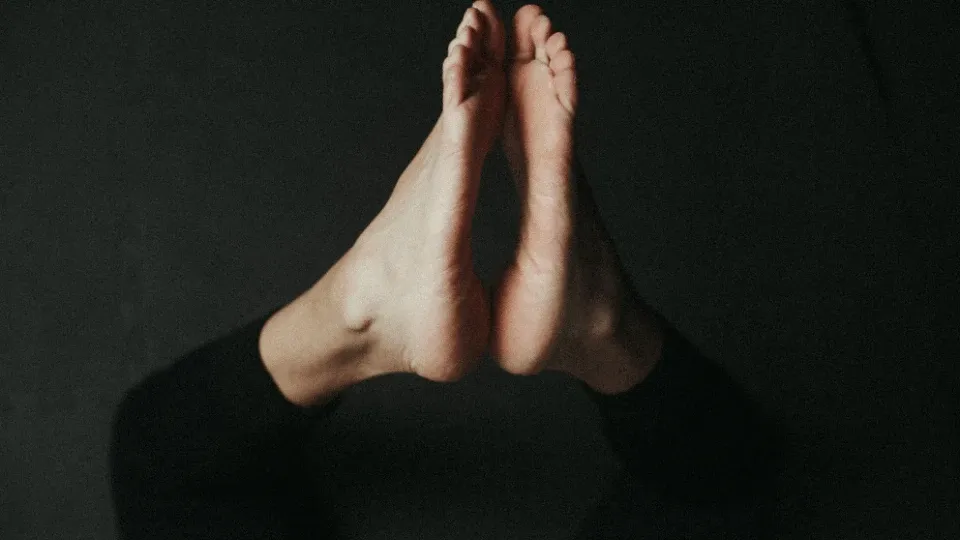Changing Pain
Jan 06, 2021
This is a question from a student in our recent series. I thought I would share my answer, because I know many of you have the same question about resolving your own pain points. I hope this will help you peer into how sensory motor learning is an integral wholistic approach to pain.
Q: I've been struggling with plantar fasciitis, which I think I recall you also had and it helped you find your way to this body of practice. If I'm trying to resolve a specific problem, can I use these lessons "therapeutically/" If so, should I repeat some of the lessons more frequently? If so, which ones and how often? I did see a podiatrist a couple of months ago and have been wearing a spandex sleeve on my foot during the day since then. It's gotten less painful but hasn't gone away. Next step would be custom orthotics, but I thought I'd see if Feet First solved the problem!
A: Thank you for your questions. I am going to address this topic in a way that answers not only the specific problem of plantar fasciitis, but many common pain syndromes.
On to your first question!
--------------------------------------------------------------------------------------------
Q: If I'm trying to resolve a specific problem, can I use these lessons "therapeutically?”
A: Absolutely. Each lesson is a movement composition designed to create functional order in your system. Pain, aches and tension are all symptoms of dysfunction. They reflect postural distortions and/or distort posture causing even more pains, aches and tension.
While the causes and conditions are numerous and varied, the solution we offer lays in this process:
- Awakening feeling and sensitivity to how you unconsciously use yourself in response to emotional, physical and environmental stimulus.
- Learning new and better ways to do so.
- Practice using those new skills outside of class, in your life, in action, until they become your new natural habits.
I like the analogy of learning to play an instrument. The lessons offer you opportunities to learn the language of playing your instrument. We provide the content and conditions, and we also guide your technique.
For example, if you strum a guitar with a stiff wrist, you won’t play nearly as well as when you strum with a free soft wrist. And you can play faster with less effort.
It’s the same with your own nervous system. You are the instrument you are learning to play better. You come to lessons to do that. As you learn to do you better, the dysfunctional patterns that cause your pain improve, as does the feeling of pain itself.
I don’t really like to use the term “therapy.” It connotes that you are going to work on a certain part to fix it instead of changing the cause, which is the whole you. Plus therapy means treating something and often implies mechanical repetitions done with the hope “it” will correct the problem.
Instead we are learning. You are learning movement relationships, techniques and ways to gain finer control of yourself as an instrument. Your foot pain is a signal that you need to learn some new information to help you better organize being upright on your feet.
If you wanted to learn to strum a guitar, I wouldn’t suggest therapy. Nor would I suggest therapy for your stiff wrist to be a better strummer. But if you keep playing with a stiff wrist, you will develop a wrist, elbow and shoulder problem. So what needs to improve is how you strum; guitar technique.
See, you are learning to use your whole self better in relation to action, which includes how you sense, feel, perceive, imagine, and move different parts in relationship with the whole.
This is the approach that will resolve your plantar fasciitis. You are an instrument. You are learning to play yourself with better organization, sensitivity, efficiency, and structural integrity.
The outcome is “therapeutic” in that your issues resolve. And the process is “therapeutic” in that you practice using less tension and wasted energy to create the action. And maybe you awaken parts that have been dormant and underutilized. So that is therapeutic, but not therapy.
Its rare to get clients who are not looking to resolve a specific problem. It’s just that the path to improvement is not to directly to fix the problem. We offer lessons to help you expand and improve your self-use through learning how to move well through a repertoire and method. Just like learning guitar! And then the problem resolves.
Q: If so, which ones and how often?
If we had a magic wand, we would produce a recipe for you in a heartbeat. But the path is both personal to your unique challenges, and non-linear.
The lessons in this series will be a very important part of your new movement story. In this series the protagonist is “the feet,” but as you will find out, it's a whole body drama, as is your foot problem. So, do all the lessons. The series is designed as a whole story, like episodes of a tv series. Take advantage of your access to the recordings. I would suggest repeating a lesson the day after class, in the spirit of practicing what you are learning. You can keep cycling around this rotation as we build to six lessons. Just make sure you focus on the process, not your problem. Work on you, refine you. But don’t therapize you, because you will try to work on the “problem.” And that’s not the process.
Going back to our guitar lesson analogy, create short practice sessions to explore the configurations. Get familiar with the moves and keep upgrading how you do them. Be an artist to yourself. Practice refining how you do the actions until you feel like they are easy to do. Use the lessons as your guide.
If you can remember a few moves, explore them without the recording. Get quiet and feel your own tune so you can get better at knowing what you are doing. Herein lies the magic to making self discoveries. This is how we teachers have learned to be teachers.
In addition to our live class series, Moovy will be offering more in-depth guided lesson content organized by themes (such as plantar fasciitis) so that you can maximize your path to healing. I resolved my plantar fasciitis and chronic back pain by doing lots of lessons on my own. This is a big deal because I suffered back pain for ten years (!) and foot pain for four. I wore orthotics for many years and still had pain whenever I was barefoot. Orthotics relieved my momentary pain but didn’t resolve it. A few months of lessons (not specific to my feet), a couple times a week reshaped my perception of my posture. And then my foot pain was gone in one day after a lesson helped me feel and shift my dysfunctional standing habit. I never had foot pain again. It’s one of the reasons I am so passionate about this work. Its so empowering to learn how to heal yourself. I am sure that nobody could have done this for me. Because I am in my body, it's up to me learn how to use it so it serves me.
Doing movement lessons is really an approach to intentionally shaping yourself as a life force.
This is your opportunity for discovering:
You are a creator
and
living is an art.



